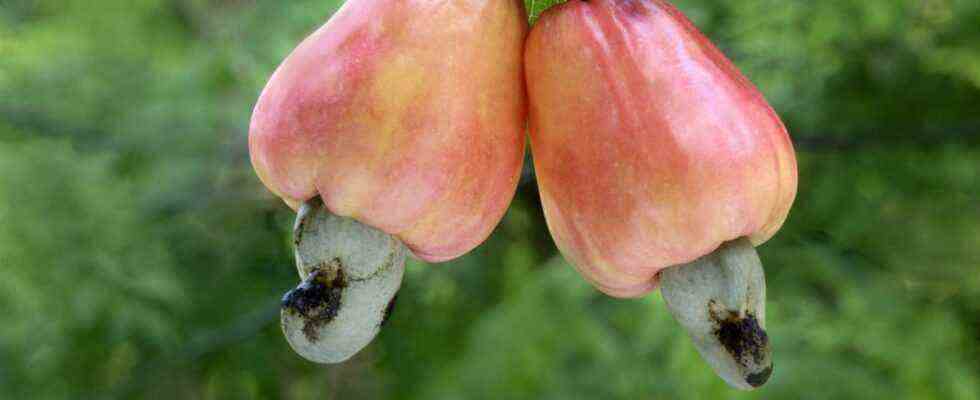Coffee from New Zealand, cashews from the USA and avocados from China: In as little as 30 years, these three crops could be worth cultivating in regions where these crops have so far hardly thrived. In the traditional tropical growing countries, on the other hand, the harvest is likely to deteriorate more and more due to rising temperatures. That comes from a study by environmental scientists in the journal Plos One out. “The expansion of suitable cultivation areas is tending to shift north and south,” explains the main author of the specialist article, Roman Grüter, from the Zurich University of Applied Sciences (ZHAW).
Millions of people in developing countries make a living from growing coffee, cashews and avocados. “They are often the main source of income for local smallholders,” says Grüter. Demand is increasing worldwide. Because the three plantation crops sometimes exist for decades, the farmers have to plan for the long term. Nevertheless, at least for cashews and avocados, there has been no global assessment of how the boundaries of suitable growing regions will shift as a result of climate change. The environmental scientists working with Grüter have now calculated this using computer models.
Forests could be cleared and valuable ecosystems destroyed and turned into plantations
To do this, Grüter’s team compared the biophysical requirements of coffee, cashews and avocados with the predicted climate conditions for the year 2050 and, for the first time, with the soil conditions for the entire world. The result: climate change is likely to hit the currently most important coffee producers in particular. Countries like Brazil, Vietnam, Indonesia and Colombia could lose almost all of their best growing areas – they would be mediocre in three decades. “The best growing areas are under pressure,” says Grüter. On the other hand, countries further north such as the USA and China and in the south such as Uruguay, Argentina, South Africa and New Zealand would benefit. Coffee cultivation there could be worthwhile in the future.
For the cultivation of avocados and cashews, on the other hand, the number of suitable areas is likely to increase – but decrease in the previous strongholds such as India, the Ivory Coast and Benin (cashews) as well as Peru, the Dominican Republic and Indonesia (avocados). However, it is questionable whether the increase in potentially suitable growing areas can compensate for the losses in the previous main growing areas. Grüter speaks of “conflicts of interest”. It is possible that the new areas in question are already being used for other purposes or are even protected. The danger: forests could be cleared and valuable ecosystems destroyed to make way for lucrative plantations.
The main producing countries, in turn, have to come up with something to protect their important sources of income. For example, Grüter suggests using undercrops, covers and hedges to counteract water loss during droughts and heat waves. They could also breed plant varieties that can cope with drier and hotter conditions. Or, in the case of coffee, use Robusta beans instead of Arabica. Irrigation would also help if the farmers can afford it and if there is enough water at all. However, the further global warming exceeds the two degree Celsius mark, the more difficult it is likely to be to keep the traditional growing areas – until at some point there is nothing left but to give them up.

